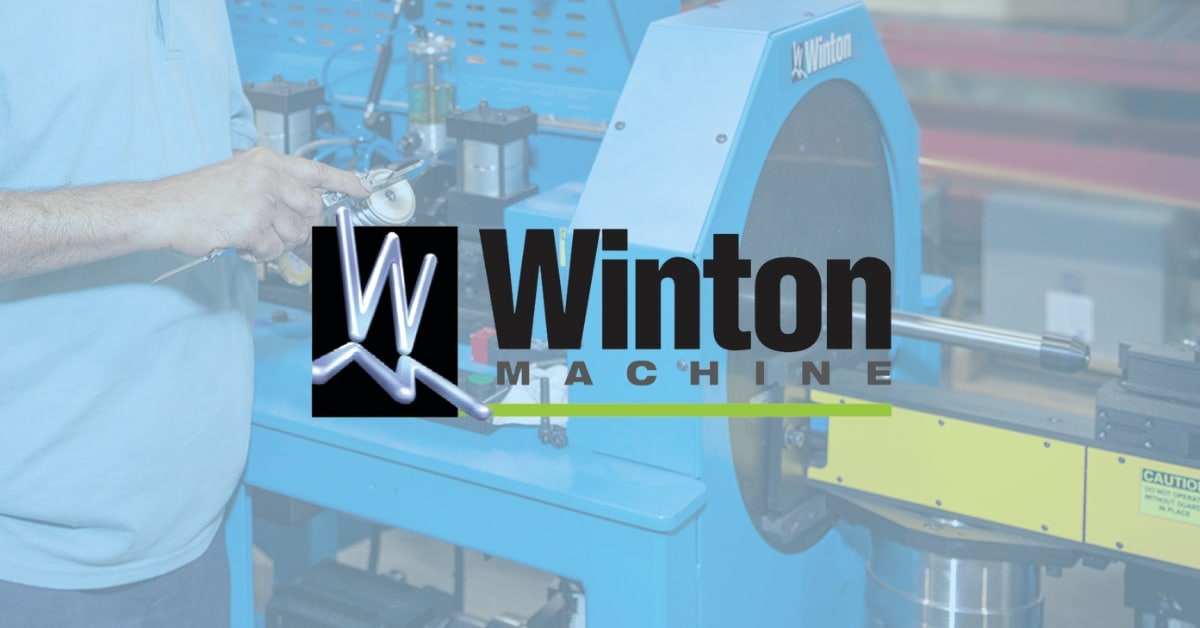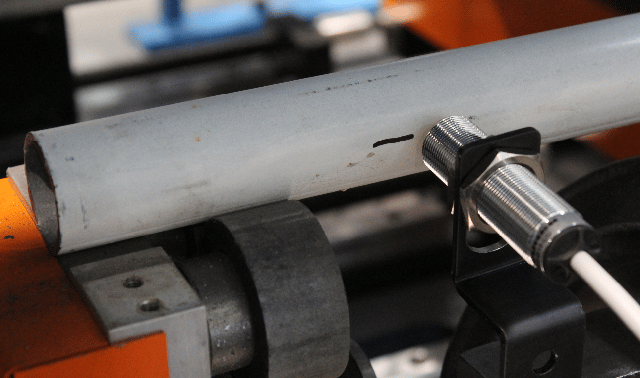Peeling Back the Bennies
At times the cost of certain products can amaze me. You stand there looking at a product and think “Wow, how can that widget cost that much?” Yes, we are all trying to eat next month and it takes money to do that. However, every once in a while you can peel back the specifics and get a better understanding of the technical details.
This happened to me recently. I was searching the market for a weld seam detector that used the eddy current process. This wasn’t the first time I looked into the eddy current process. Over the years I have inquired numerous times. When I would see a supplier of this type of equipment at a trade show, I would immediately start the conversation
The science seems clear. An “eddy current probe” would send a “signal” back to a control box that would then unravel the signal and determine if a weld seam were present. The process involves rotating a tube along its long axis; as an eddy current probe sits adjacent to the tube collecting data.
For the most part, the suppliers I approached were not targeting people like me who just want to find a weld seam. To be fair, their market requires them to find customers who have a more extensive need then to just find a weld seam. These needs often include the inspection of tubing which is more than just finding a weld seam. Perhaps this is where the “Wow factor” comes into play. Every time I start a conversation with a potential supplier, it seems to result in my thinking “Wow, why does that detection system cost so much?” I often get pricing in the range of ± $12K±… and I’m always left to wonder.
Then one day I realized that a common DC proximity sensor that we are all familiar with uses the eddy current process to detect the presence of a metal object. In the case of the vast majority of DC proximity sensors used in tube fabrication automation, the output is either on or off. However, it you talk to the folks who manufacturer these sensors, they can often supply a similar sensor that gives a 0-10 VDC output. Sometimes they are called inductive analog sensors. An example would be a Turk BI5-M18-LIU. This sensor, intended to sense the range (distance) of a metal object, can be used to detect a change in a metal object. The change would involve the mechanical properties of the weld seam itself. Therefore, as the tube rotates at a constant distance from the sensor, the 0-10 VDC output level from the sensor will vary as the hardness of the weld seam interacts with the magnetic fields produced by the sensor.
Now it is just a matter of taking the 0-10 VDC signal from the proximity sensor and correlating it with the position of the weld seam as the tube rotates past the sensor. For the purposes of testing, you can use a common volt meter to read the output of the sensor. In production, you have the cost of the sensor + the cost to read in and interpret the 0-10 VDC signal. Now you might be thinking “Wow, now that’s a far cry from $12K±”.

George Winton, P.E. designs and builds CNC tube fabrication equipment for Winton Machine in Suwanee, GA. He can be reached at gwinton@wintonmachine.com or 888.321.1499.
About the Machines We Build
All of our semi-rigid coax and tube fabrication machines at Winton are designed, manufactured, and tested in-house. We have a large line of standard products as well as the ability to engineer the best solution for our customer’s needs. Our experienced sales staff makes sure that our customers can justify their capital equipment investment by offering a solution that is exactly what they need in order to manufacture their parts. Please contact us today to discuss your project.



